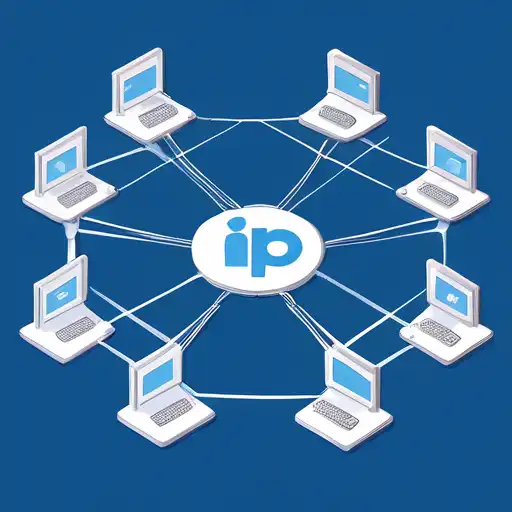Introduction to IP Addresses
In the digital world, IP addresses play a crucial role in connecting devices across the internet. An IP (Internet Protocol) address is a unique identifier assigned to each device connected to a network, enabling them to communicate with each other. This guide will walk you through the basics of IP addresses, their types, and how they function within networks.
What is an IP Address?
An IP address is a numerical label assigned to each device participating in a computer network that uses the Internet Protocol for communication. It serves two main functions: identifying the host or network interface and providing the location of the host in the network.
Types of IP Addresses
There are two primary types of IP addresses: IPv4 and IPv6. IPv4 addresses are 32-bit numbers, often displayed in decimal format (e.g., 192.168.1.1), while IPv6 addresses are 128-bit numbers, designed to accommodate the growing number of devices connected to the internet.
- IPv4: The most widely used IP version, but its limited address space has led to the development of IPv6.
- IPv6: Introduced to overcome the limitations of IPv4, offering a vastly larger address space.
How IP Addresses Work
IP addresses are assigned to devices either dynamically by a DHCP server or statically by a network administrator. When you visit a website, your device uses the website's IP address to request data, which is then sent back to your device's IP address.
Public vs. Private IP Addresses
Public IP addresses are used on the internet, while private IP addresses are used within local networks. Devices on a local network share a single public IP address when accessing the internet, thanks to NAT (Network Address Translation).
Finding Your IP Address
You can easily find your device's IP address through the network settings on your device or by visiting websites that display your public IP address.
Conclusion
Understanding IP addresses is fundamental for anyone looking to grasp the basics of networking. Whether you're setting up a home network or just curious about how the internet works, knowing about IP addresses is a great starting point. For more advanced topics, consider exploring networking basics or Internet Protocol in depth.
